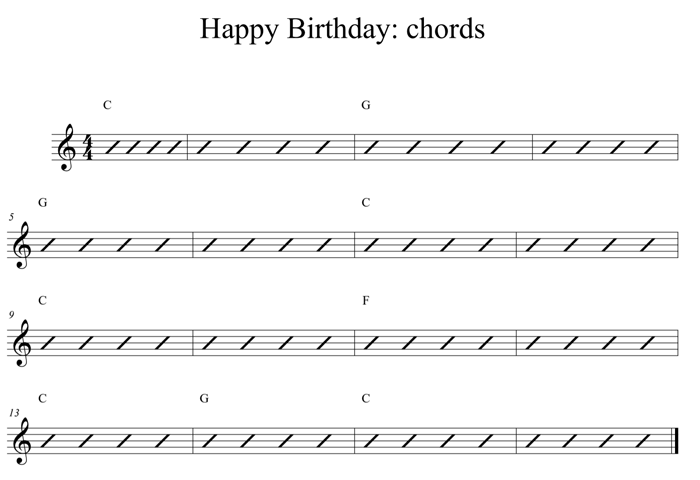Moving Beyond “What to Play?” and Developing Charisma as an Improviser

How can you improve the essential elements of your improvisation? Follow the advice in Sy Oliver & Trummy Young’s song: “It Ain’t What You Do (It’s the Way That You Do It).”
Great soloists play interestingly and confidently. As listeners, we perceive that as charisma. In jazz education, there’s a lot of focus on what to play over how to play it. However, a soloist sounds confident when they thoroughly decided on a note’s specific characteristics before playing it.
Jazz lessons tend to focus on extended chords, various scales that match each chord, etc. These devices are useful, but the music’s depth doesn’t have to derive from harmony. Many non-harmonic musical fundamentals are often left out in teaching improvisation, for example, dynamics, articulation, vibrato, rhythmic variety, and motives. When improvising, we decide on these elements intuitively. However, adding more non-harmonic information to our playing is something we should all practice, just like our scales.
In improvisation, scales give us a choice of many notes to use on a specific chord. However, do we need that many notes? Improvising using fewer notes often makes a person play a better solo because it frees-up brain power to incorporate non-harmonic musical ideas. Therefore, the exercise presented here will focus on a small amount of harmonic material to explore more ways to stylize notes.
The exercise is straightforward: improvise over the form of “Happy Birthday” confidently and interestingly using just the triads’ notes. I started practicing improvising over Happy Birthday after Wynton Marsalis recommend that I do so. Attached below the video is the chord chart. While practicing this, try to be extra precise and aware of how you play each note (e.g., short vs. long notes, distinct rhythms, and particular vibrato). Also, play with no accompaniment (without a metronome) with a strong sense of rhythm, and incorporate motives. You will find your unique way to play this exercise. However, to understand how I use this exercise, check out my video below.
Click here to download a PDF version of these chords.

I teach this exercise to my students of all levels (from college students to less experienced improvisers). Although this may seem like a short and easy exercise, I recommend spending a lot of time practicing it to make significant progress in this area.
Please share in the comments how you felt practicing this. If you’re not feeling comfortable improvising with just triads, try to ask yourself why. Why does a particular musician that you like sound good when they play “simple” harmonic material? Compare their playing with yours.
Working on how to play rather than what to play (i.e., not being too quick to add more scales and notes) is often the best way to improve. Jazz students often focus on theoretical material that is hard for them to apply. At the same time, they could sound better much earlier if they concentrate on playing what they already know with more conviction.
Enjoy your practice!






January 13, 2021 @ 4:33 am
nice I like it music